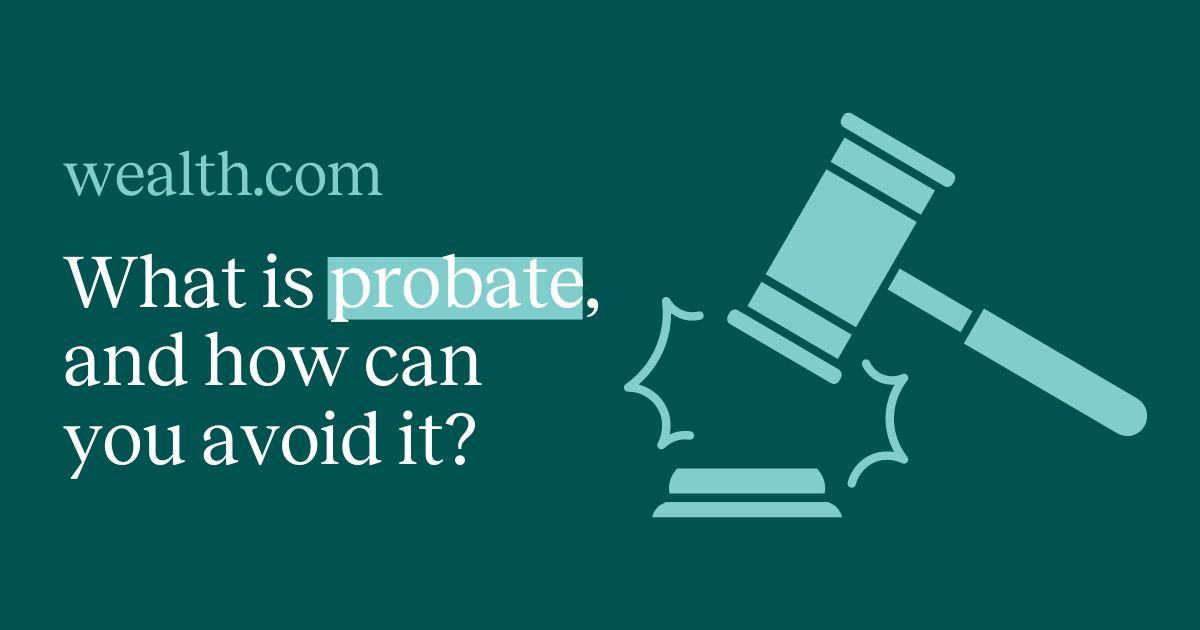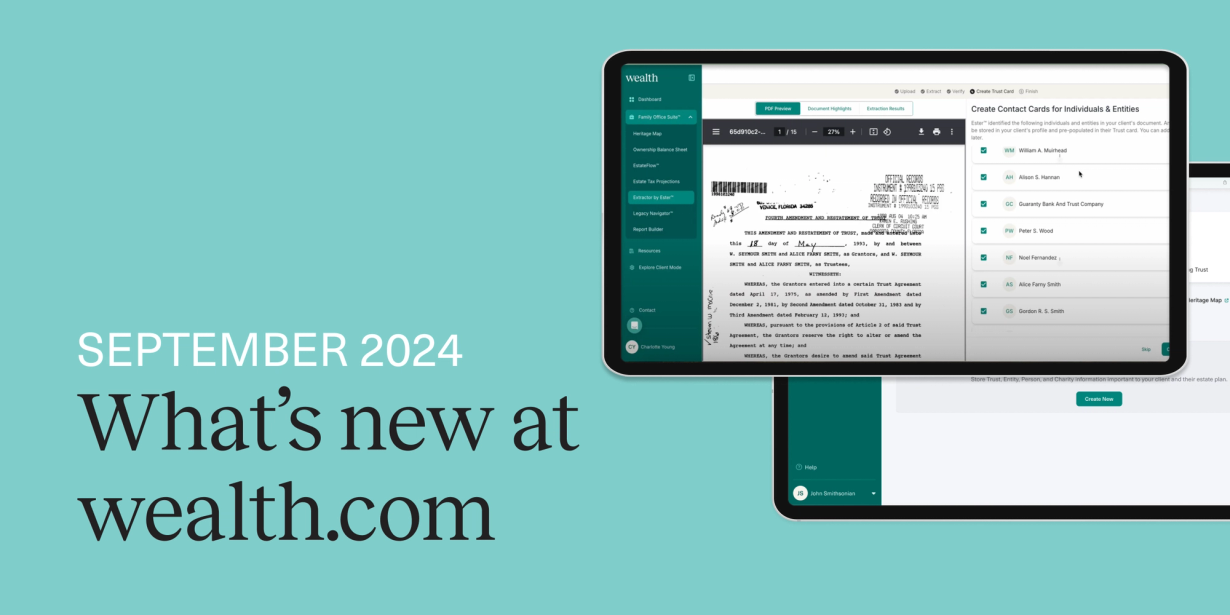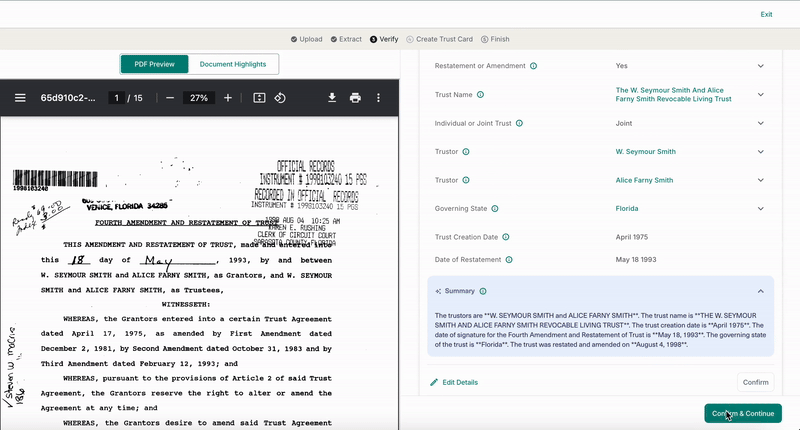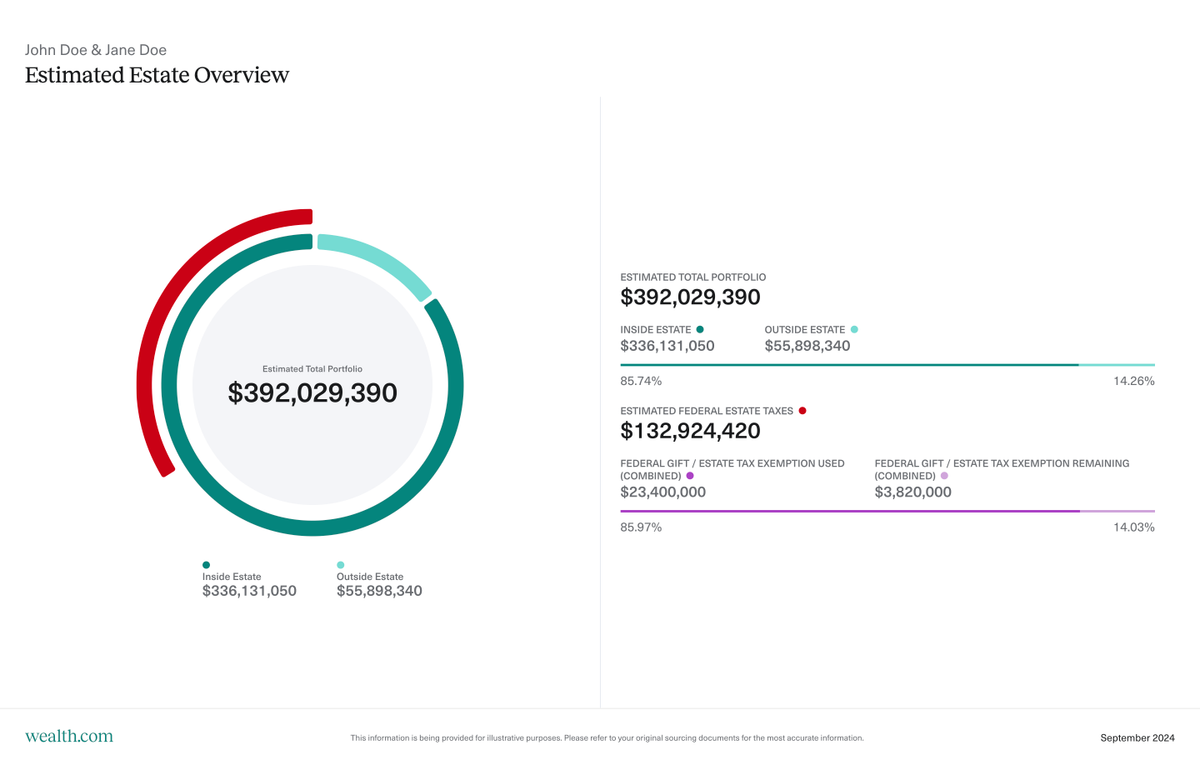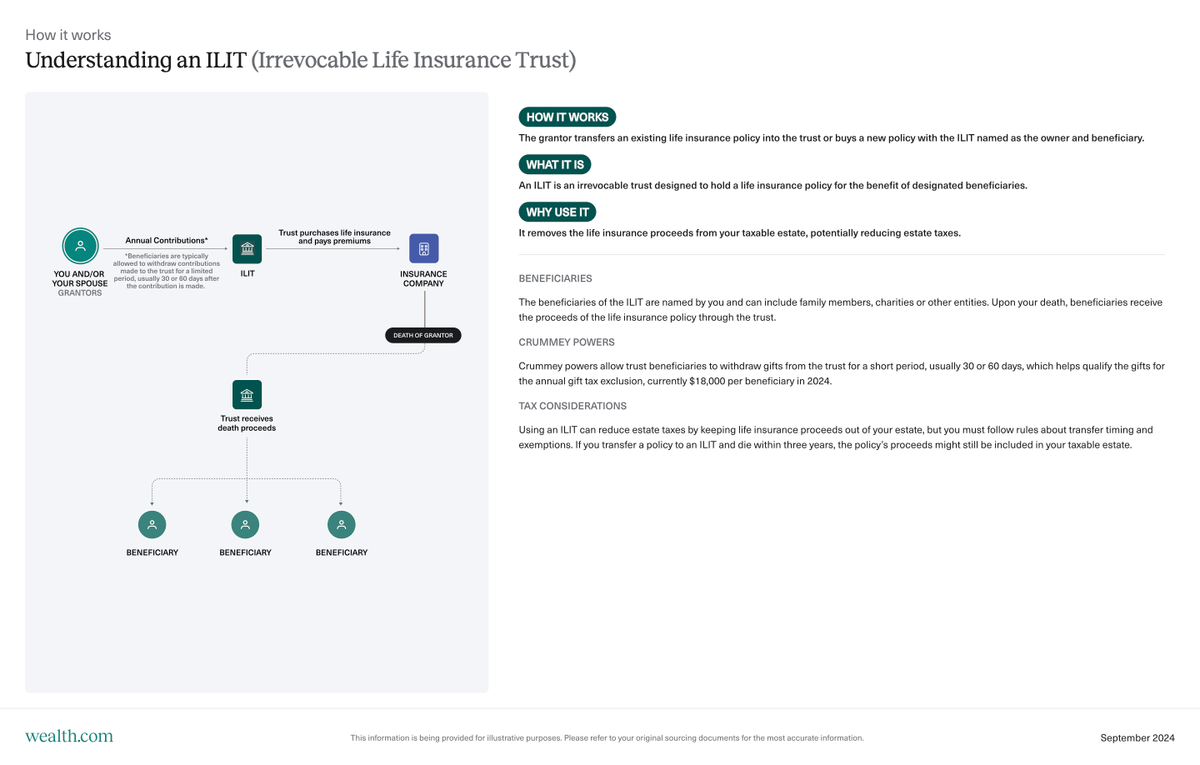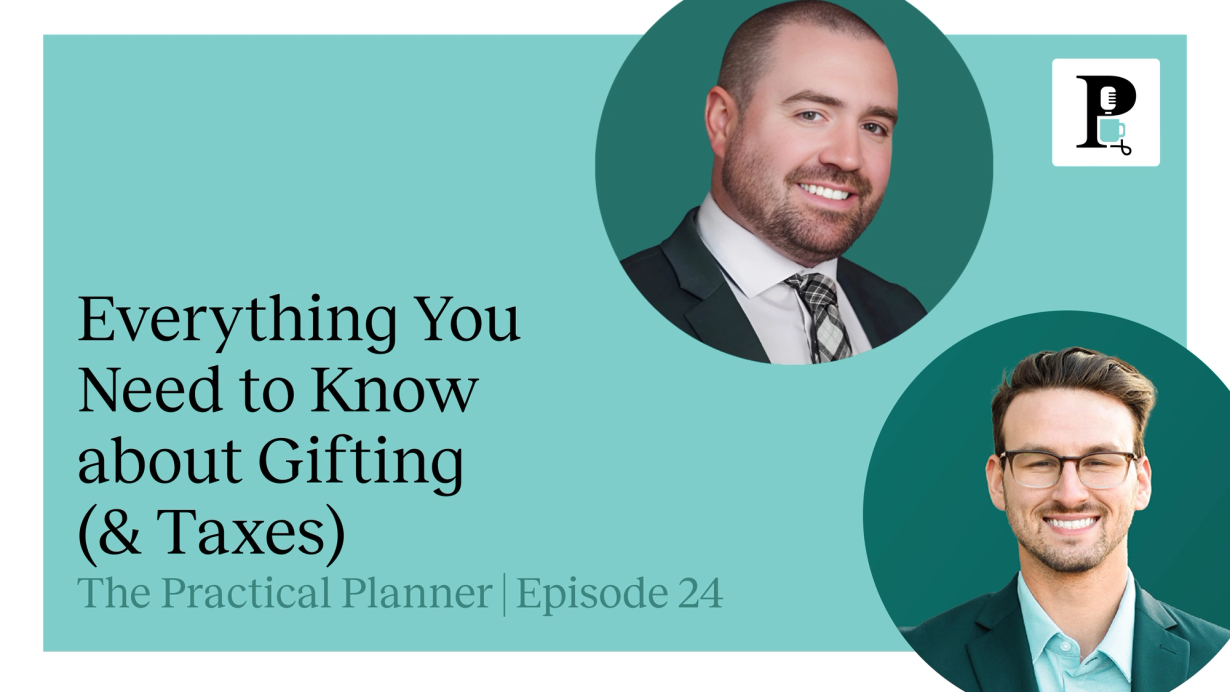Estate planning isn’t just about what happens after you die. It’s also about knowing how to best pass on your wealth during your lifetime, especially your children.
In this episode, hosts Thomas Kopelman and Dave Haughton discuss different ways to play for your children’s future. They explore various types of accounts, including UTMA accounts and 529 plans, detailing the pros and cons of each. They also discuss gifting, including how to help with large expenses like student loans and housing, and when to utilize trusts.
Subscribe and listen on your favorite podcast platform, or watch the video below.
For any questions, email us at [email protected].



